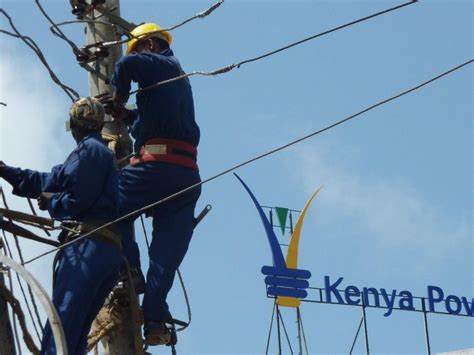Shedding Light on the Dark: Why You’re Having Power Shortages
I don’t need to ask the last time you had power shortages; if it was not this week, it was definitely the week before that. While the flickering lights in


I don’t need to ask the last time you had power shortages; if it was not this week, it was
definitely the week before that. While the flickering lights in homes and businesses are the most
visible signs of this problem, the causes of these power shortages are deeply rooted and
multifaceted. This article aims to help you at least understand the core reasons behind Kenya
Power and Lighting Company’s struggles, offering insight into the complexities of the nation’s
power sector.
A significant contributor to KPLC’s woes is its aging infrastructure. The country’s power
distribution networks, some of which were established several decades ago, are now feeling the
strain of time. Frequent system losses and breakdowns are symptomatic of infrastructure that has
not kept pace with modern demands. Scheduled power interruptions, while necessary for
maintenance, underscore the ongoing battle with obsolescence and the need for modernization.
The Double-Edged Sword of Scheduled Blackouts
Kenya Power often institutes scheduled blackouts across various counties, citing routine
maintenance as the primary reason. But this is a double edged sword. While these blackouts are
essential for the stability and reliability of the power supply, they also expose the fragility of the
current infrastructure. The necessity for regular and widespread blackouts points to deeper issues
within the power distribution system, reflecting a grid in dire need of upgrades and more robust
maintenance regimes.
The acute lack of electricity distribution transformers is one of Kenya Power’s most important
and urgent problems. This scarcity makes it more difficult for the utility company to replace
damaged transformers in a timely manner, which frequently results in prolonged power outages.
Because of the extreme shortage, Kenya Power has been forced to start extensive procurement
campaigns in order to get new transformers. However, the difficulties in acquiring supplies and
the tremendous strain that the steady influx of new clients and distribution network development
places on the infrastructure are impeding these efforts.
The financial health of Kenya Power is a concern that looms large over the power sector. The
company’s struggle with inefficiencies and the high frequency of power interruptions negatively
impact its revenue, thereby affecting its capacity to invest in much-needed infrastructure
upgrades. This financial vulnerability has left Kenya Power increasingly dependent on state
funding and international loans, highlighting the need for a sustainable financial model that can
support the utility’s operational and infrastructural demands.
In conclusion, the power shortages in Kenya are not just a matter of inconvenience but a
symptom of deeper structural issues within the nation’s power sector. From aging infrastructure
and a critical transformer shortage to the challenges of scheduled maintenance and financial
instability, the road to a stable and reliable power supply is fraught with obstacles.
Understanding these underlying causes is the first step towards formulating effective strategies to
brighten Kenya’s power outlook and energize its path to development. So hang in there, as we
hope Kenya Power can solve their end for a more consistent power supply.








